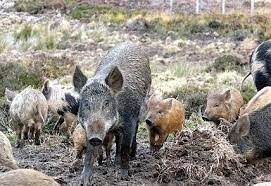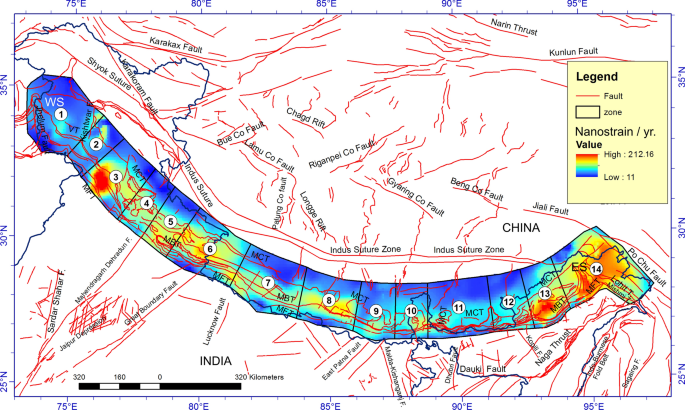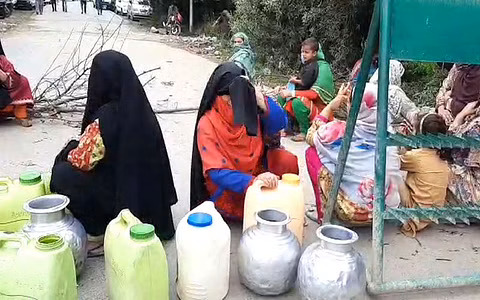Wild boars have staged a massive comeback across the Valley after vanishing in mid-80’s completely.
Even though experts believe global warming may be the reason for resurgence of the wild animal, they sounded alarm stating the boars can affect the Hangul’s habitat besides damaging the crops of every nature.
Wildlife warden Shopain Intisaar Suhail, who has co-authored a publication on wild-boars, are not the native animal. “It was introduced in some areas of Kashmir like Dachigam by the then Maharaja for hunting. Then it started to decline and in mid 80’s it became a rare specie. In 2015, it was again sighted. We had found a dead specimen at north Kashmir’s area and in South Kashmir, we rescued one.”
Suhail said that the boars are getting revived in Kashmir. “It’s revival can have beneficial as well as adverse impact which needs to be studied thoroughly. Firstly, it’s the prey for Leopards but at the same time this animal shares the habitat of Hangul. So how far it can affect the habitat of Hangul needs to be studied,” he said.
He said that global warming may be the main reason for the animal’s revival in Kashmir.
Aakib Hussain Paul, Project Associate of Research Study on Ecological Aspects of Wild Boars at Dachigam National Park said the team led by him conducted a study on the ecological aspect of the Boar’s revival in the Park.
“We studied the animals food habits and co-related the same with that of Hangul. Hangul and Boars share the same habitat and food. For us, this was an alien specie. In 2013, camera trap image of Boars were found in some parts of Kashmir. Today, we can say that Boar population is growing rapidly in Kashmir,” he said. “It was in 1840’s when the then Maharaja introduced Boars in Kashmir for hunting and fun purposes.”
Paul said that Boars are considered a big threat for habitat degradation. “Our study is still in the process of publication as we haven’t covered all aspects so far. We started our study in October last and time period was for six months,” he said.
Asked about whether the animal may prove dangerous for the Hangul and other crops in Kashmir, Paul said that Boar is a very dangerous animal and if comes out the park, it an dig up everything.
“In apple orchards, it can dig up to the roots and in the open area, it can eat anything even saffron seeds etc. If the animal reaches the streets of Srinagar, it can tear apart everything as food remains littered on streets of the city,” he said. Pauls said that since Boars and Hangul share similar habitats that include food and shelter, Hanguls may face a threat from these animals, which, however, needs to be studied further.
He urged the government to allow to cover other aspects of the study as well. “It is not enough to cover every aspect in just six months. It needs some more to co-relative what we saw physically with what we see in the laboratory,” he said.






